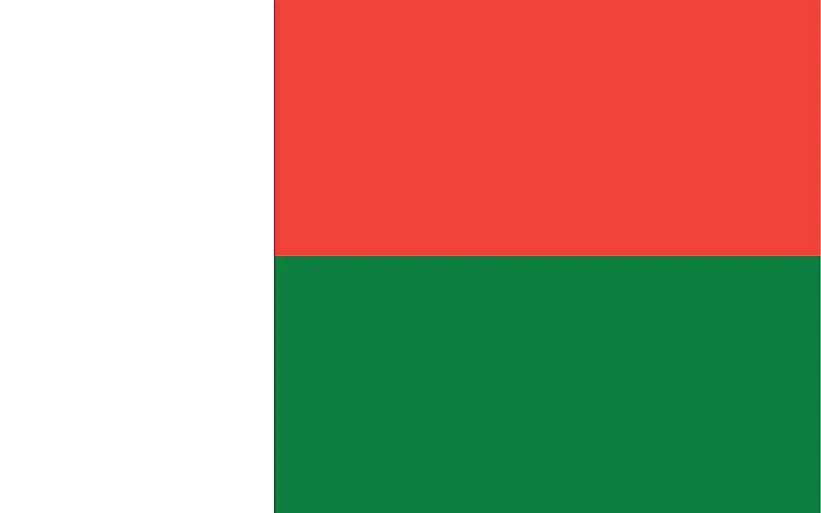
マダガスカル
| 大陸 | アフリカ |
| 資本金 | アンタナナリボ |
| 人口 | 24,430,325 |
| GDP | $37.48 億ドル |
| 一人当たりGDP | $1,500 |
| ダイヤルコード | +261 |
| ISOコード(2文字) | MG |
| ISOコード(3文字) | MDG |
Madagascar Landscapes






About Madagascar
Welcome to Madagascar, a nation where unique biodiversity meets rich cultural heritage. With approximately 28 million people occupying 587,041 square kilometers, Madagascar combines remarkable natural treasures with distinctive traditions, standing as the world’s fourth-largest island and a biodiversity hotspot.
地理的特徴と自然の美しさ
Madagascar’s geography encompasses extraordinary diversity, having separated from the African continent around 160 million years ago. The island features dramatic landscapes from rainforests to desert regions, with a central highland plateau dominating the interior.
The landscape includes the unique limestone formations of the Tsingy de Bemaraha, the lush rainforests of the east coast, and the spiny desert of the south. The country’s isolation has resulted in the evolution of countless unique species, with approximately 90% of its wildlife found nowhere else on Earth.
Protected areas include numerous national parks, such as Ranomafana and Andasibe-Mantadia, preserving unique ecosystems and endangered species like lemurs. The Avenue of the Baobabs showcases Madagascar’s iconic ancient trees, some over 800 years old.
文化遺産と伝統
Malagasy culture represents a unique blend of Southeast Asian and African influences. The country’s heritage includes 18 official ethnic groups, each with distinctive traditions and customs that have evolved from the island’s unique settlement history.
Traditional arts include distinctive textile weaving, particularly of wild silk and raffia, and intricate wood carving. Music traditions feature unique instruments like the valiha (bamboo tube zither), while traditional ceremonies like famadihana (turning of the bones) reflect deep spiritual beliefs.
Malagasy cuisine combines African, Asian, and European influences, featuring dishes like romazava (leafy green stew) and various rice preparations. The tradition of community solidarity, known as fihavanana, remains central to social life.
歴史の旅
Madagascar’s history spans from its settlement by Austronesian seafarers through various kingdoms to French colonization and independence in 1960. The island’s isolation led to the development of unique cultural and political systems.
Significant periods include the formation of various kingdoms, particularly the Merina Kingdom, French colonial rule, and post-independence development. The country’s unique historical trajectory has shaped its distinctive cultural identity.
現代の経済状況
Today’s Malagasy economy combines traditional agriculture with growing sectors in mining, textiles, and tourism. The country’s unique biodiversity and natural resources provide significant opportunities for sustainable development.
Recent initiatives focus on environmental conservation, sustainable agriculture, and improving infrastructure. Madagascar’s position as a biodiversity hotspot supports its emerging ecotourism industry.
国際関係とグローバルポジション
Madagascar maintains active participation in regional organizations while focusing on environmental conservation and development. The country’s unique biodiversity makes it a crucial partner in global conservation efforts.
ご存知でしたか?
• Madagascar is home to approximately 150,000 species of plants and animals found nowhere else on Earth?
• The island has over 100 species of lemurs, all of which are endemic?
• The country produces about 80% of the world’s vanilla?
• Madagascar’s spiny forest contains plants and animals that have evolved unique adaptations over millions of years?
結論
Madagascar represents a unique combination of natural wonders and cultural diversity. From its endemic wildlife to its distinctive traditions, from its ancient baobabs to its modern conservation efforts, Madagascar continues to evolve while preserving its unique heritage. As it addresses challenges including environmental protection and economic development, Madagascar remains committed to sustainable growth while maintaining its position as a global biodiversity treasure.